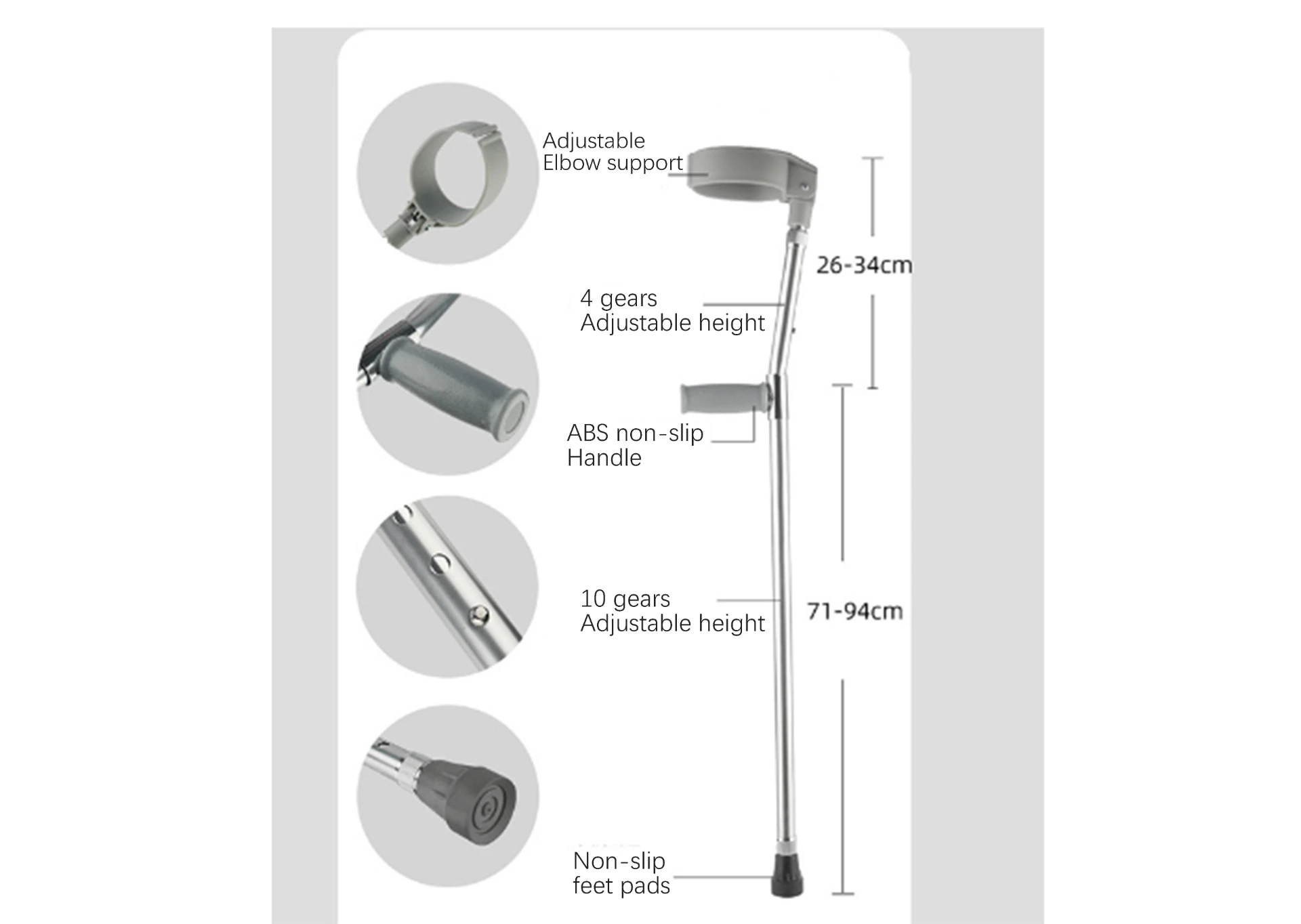Welcome to our websites!
hospital cabinets
Hospital Cabinets The Backbone of Healthcare Storage Solutions
In today's rapidly advancing healthcare environment, the efficient organization of medical supplies and equipment is paramount. One often overlooked yet crucial aspect of hospital organization is the use of cabinets specifically designed for medical settings — hospital cabinets. These cabinets play a vital role in ensuring that healthcare providers have immediate access to necessary supplies, which can significantly impact patient care and overall hospital efficiency.
The Importance of Hospital Cabinets
Hospital cabinets are essential for various reasons. First and foremost, they enhance the workflow within hospitals and clinics. In high-pressure environments where time is of the essence, having a systematic and organized storage solution can streamline processes. For instance, medication cabinets, equipped with clear labeling and categorized storage, allow nurses to quickly locate and administer the right medication to patients without unnecessary delays.
Additionally, hospital cabinets contribute significantly to infection control. Hospitals must adhere to strict sanitation protocols to prevent hospital-acquired infections, which can jeopardize patient safety. By utilizing cabinets that are easy to clean and made from antimicrobial materials, healthcare facilities can maintain cleanliness and reduce the risk of contamination. This is particularly relevant in areas with high foot traffic, such as emergency rooms and operating theaters, where hygiene is critical.
Types of Hospital Cabinets
Hospital cabinets come in a variety of types, each tailored to specific needs within the healthcare setting. Medication cabinets are perhaps the most recognized, designed to securely store pharmaceuticals. These cabinets often feature locking mechanisms to prevent unauthorized access and safeguard controlled substances. Furthermore, many modern medication cabinets are equipped with electronic tracking systems that log inventory levels and usage rates, aiding hospitals in managing their supplies efficiently.
hospital cabinets

Another important category is supply cabinets, which house various medical devices and materials, from bandages to surgical instruments. These cabinets often feature adjustable shelves to accommodate different sizes of equipment, and their transparent doors allow for quick visibility of inventory levels. In addition to stand-alone cabinets, wall-mounted options are also available, helping hospitals to maximize space without compromising accessibility.
In addition to these, specialized cabinets for specific departments, such as pediatric or neonatal units, are essential. These cabinets may contain child-friendly supplies and medications, emphasizing safety and comfort for younger patients. Similarly, surgical cabinets are designed to store instruments and sterile supplies, ensuring that everything needed for a procedure is at hand.
Innovations in Hospital Cabinet Design
As technology in healthcare continues to evolve, so too does the design of hospital cabinets. Innovative designs now often incorporate smart technology that allows for real-time inventory management. RFID (Radio-Frequency Identification) tags, for example, can be utilized to track the usage of supplies down to individual items, providing invaluable data on consumption patterns and helping hospitals reduce waste.
Moreover, advancements in materials science have led to the development of cabinets that are not only more durable but also more aesthetically pleasing. Many modern hospital interiors are designed with patient comfort in mind, and sleek, well-designed cabinets can contribute to a welcoming atmosphere. This is particularly important in sectors such as pediatrics or maternity, where a calming environment can facilitate better healthcare experiences.
Conclusion
In summary, hospital cabinets are indispensable tools that enhance operational efficiency, support infection control, and improve the overall patient experience in healthcare facilities. As the healthcare industry continues to evolve, so too will the design and functionality of these cabinets, ensuring that they meet the growing demands of healthcare providers and patients alike. The next time you step into a hospital, take a moment to appreciate the often-ignored hospital cabinets — the silent heroes that play a crucial role in the delivery of safe and effective healthcare.
-
Transforming Healthcare with Hospital FurnitureNewsJun.24,2025
-
Rehabilitation EquipmentNewsJun.24,2025
-
Mobility and Independence with WheelchairsNewsJun.24,2025
-
Freedom of Mobility with Our Rollator WalkersNewsJun.24,2025
-
Comfort and Independence with Commode ChairsNewsJun.24,2025
-
Bathing Safety and Independence with Shower ChairsNewsJun.24,2025
-
Navigating the Wholesale Landscape of Electric Mobility Solutions: Key Considerations for Power Wheelchair DealersNewsJun.10,2025











